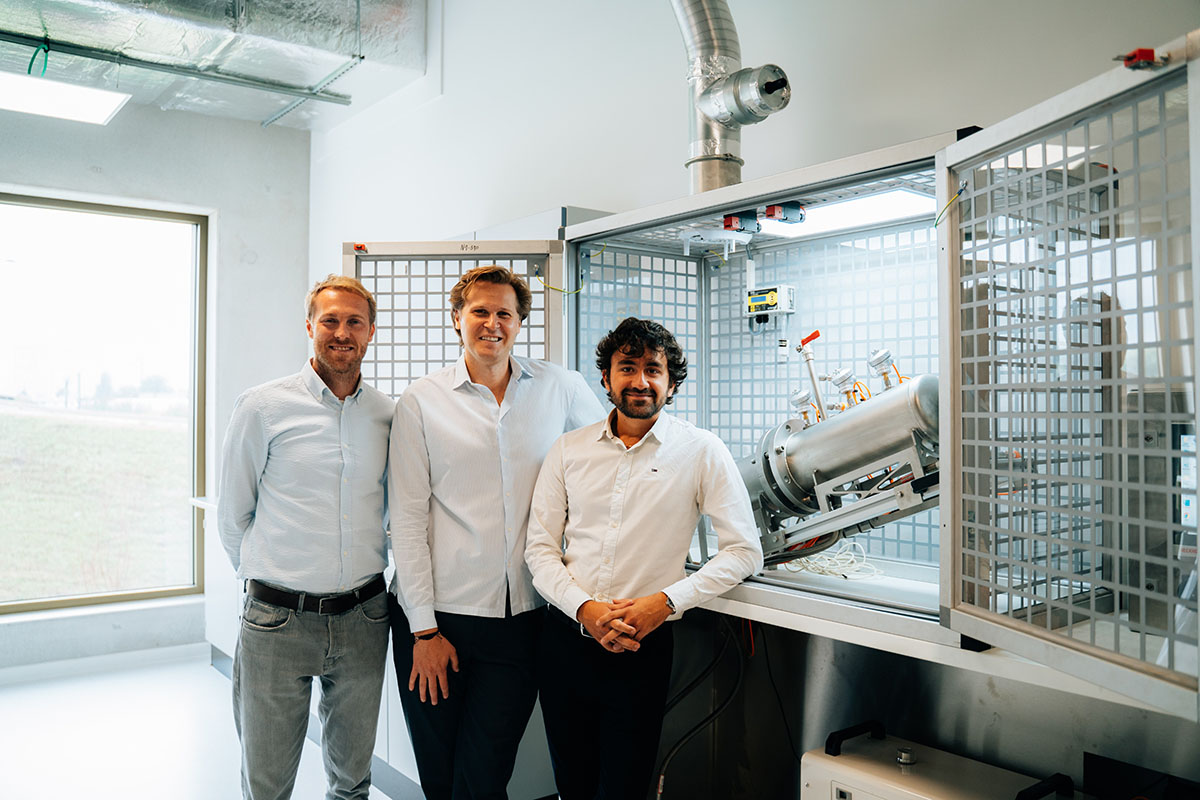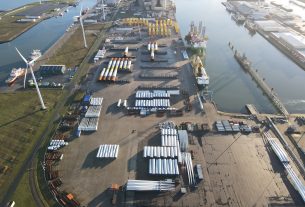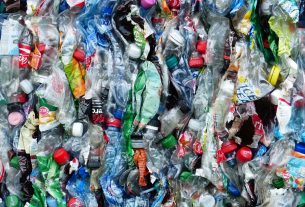Belgium – The Antwerp company D-CRBN has put a pilot installation for CO2 recycling into use. The installation uses innovative plasma technology to convert CO2 into CO. The D-CRBN installation has an annual capacity of 1000 tons.
D-CRBN has been testing the installation in the open innovation hub Blueapp Building of the University of Antwerp over the past three months. This facility offers start-ups and other innovative companies the opportunity to develop, scale up and demonstrate technology in the field of sustainable chemistry. During the coming year, D-CRBN wants to install the pilot line on site at one of its customers.
D-CRBN is a spin-off of plasma research from the University of Antwerp.
Technology
Plasma technology is a new and innovative approach to CO2 recycling. Plasma is a state of matter that is created when a gas is heated to a very high temperature. This causes the atoms in the gas to lose electrons, creating a mixture of positively charged ions and negatively charged electrons.
Plasma is very reactive, and it can be used to break down CO2 molecules into CO and other products. D-CRBN’s pilot installation uses a cold plasma process, which means that the plasma is kept at a relatively low temperature. This makes the process more energy-efficient and reduces the risk of side reactions.
Fight against climate change
CO2 recycling has the potential to make a significant contribution to the fight against climate change. By recycling CO2, we can reduce our reliance on fossil fuels and reduce our greenhouse gas emissions.
D-CRBN’s pilot installation is a significant step forward in the development of CO2 recycling technology. The installation has the potential to be scaled up to commercial production, and it could help to make CO2 recycling a more viable option for industry.
D-CRBN’s pilot installation for CO2 recycling is a significant development for the fight against climate change. The installation has the potential to be scaled up to commercial production and help to make CO2 recycling a more viable option for industry.




